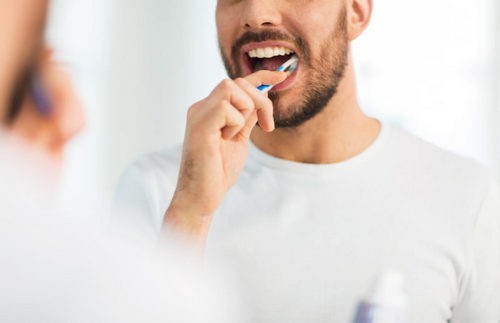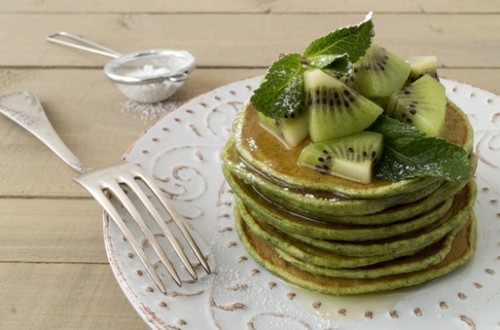The main cause of pain is damage to the enamel, for example, due to a long carious process (gradually the bacteria that produce acid destroy the enamel, and the dentin tubules are defenseless against sweet foods).
In the human diet – food with diverse tastes. But why do teeth ache precisely from sweet, and not from sour, sharp, bitter?
Sweet pain is most often a sign of caries. Enamel is a “shield” protecting the dentin (tissue under the enamel. – Ed. ) From sensitivity. Dentin in its structure is porous, consists of many tubes through which the fluid moves. Normally, they connect the enamel and the pulp chamber (nerve bundle inside the tooth).
When the enamel is destroyed due to caries, the dentinal tubules are exposed, and sweet sweets, sticking to the tooth, change the osmotic pressure. To stabilize it, the fluid in the dentinal tubules begins to move and thereby irritate the nerve endings inside the tooth. Cold drinks, acidic foods can also cause discomfort, but to a lesser extent.
Which get rid of the problem
Enamel is the hardest tissue of our body, but it is also gradually destroyed. When plaque is on the surface of the tooth for a long time, the bacteria that live in it create an acidic environment that literally pulls minerals out of enamel – and it becomes permeable, and is gradually destroyed. So there are “gaps”: areas of exposed dentin, not protected by enamel. If you do not pay attention to the appeared sensitivity from products, dentin will also begin to deteriorate, moreover, enamel is much faster (because it is soft in structure).

When the destruction reaches the neurovascular bundle inside the tooth (pulp), the tooth will hurt greatly.
In order not to bring the teeth to such a state, you need to do the following:
- Thoroughly brush your teeth twice a day, to prevent the accumulation of old plaque – at least once a year to undergo professional dental cleaning at the dentist.
- Use toothpaste remineralizing enamel (to make up for losses and make it stronger), with calcium and fluorides.
- Try to consume less carbohydrate-rich foods, as well as drinks with high acidity, so that they do not demineralize the enamel during the day. If you cannot refuse them, use a special foam for the oral cavity after eating. It neutralizes acid ph, and also eliminates unpleasant odors.
Question: how much toothpaste need to be squeezed onto a brush
Experts advise squeezing a paste the size of a pea onto a toothbrush. Children under three years of age are even less – literally a smear.

If you use more paste than necessary, this can lead to several consequences:
- a lot of foam can form in the mouth, which will prevent you from brushing your teeth properly and effectively getting rid of plaque;
- pastes contain abrasive particles. A large number of them and aggressive brushing (that is, if you press hard on the teeth and rub them hard with a brush) can ruin the state of enamel;
- brushing with a large amount of fluoride paste can damage the enamel condition of children’s teeth. The fact is that a child can accidentally swallow a paste (this is a normal phenomenon among children under six years of age), which, in turn, can cause fluorosis – damage to tooth enamel due to the constant ingestion of excess fluoride into the body. In addition, too much fluoride in the body can even affect the bone density of the child. But, given this, do not give up paste with fluoride – this substance strengthens the teeth and protects them from caries;
- and even such an approach will increase the consumption of pasta, and hence money.


